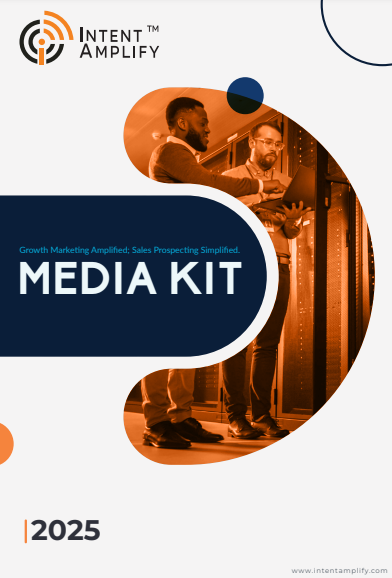
Online Tactics in B2B Email Marketing
- Last updated on: August 15, 2022
Email marketing offers a short and fast turnaround time delivery while maintaining cost efficiency. A solid email strategy you can build your brand and foster customer relationships. It is one of the most effective B2B marketing tools.
The challenge for B2B companies today is to get their messages to the inboxes of customers and prospects. It is becoming increasingly difficult to navigate the legal regulations to manage email communication. Here are some tips to help achieve effective email marketing:
Know the law.
Read the rules for email marketing in your jurisdiction. If you want, hire a professional who knows the law and can ensure that you comply.
Identify yourself.
Make sure the name is familiar to your prospect consumers appear in the “From” line of the email. Emails from unknown and unidentified addresses are much more likely be deleted.
Use impressive items.
The subject of your email is a caption; to keep it short, engaging, and benefit-oriented. The subject has the greatest impact on whether your message will be read, so it’s worth your time on. Keep your subject under forty characters to ensure this will not be cut off.
Keep important content in the preview pane.
Most B2B email readers use a preview panel before opening e-mails. Design your messages with this in mind; give the most important content (your key selling points and offer) a call to action in the top 300-500px of your email. No don’t waste space with an oversized logo or header – use the format to your best advantage.
Provide relevant content.
Most important you should provide content that is both interesting and relevant to your readers that they look forward to every email sent. Your content should help them do their job: how-to articles, best practice guidelines, mini case studies and application ideas are effective email content.
Use images with carefully.
Images add visual interest and relevance to your emails; thumbnails of white paper covers and product images are a good way to introduce graphics it won’t distract from your content. But be careful when creating yours emails too dependent on images, many B2B users disable images in your email programs.
Write focused copy.
Know the purpose of the message and actions you want readers to take before you start writing your email and then write copy with these key objectives in mind. Use bold headings, short paragraphs and sentences, and bullet points. Do not include lengthy articles that compel reader to browse: instead offer a brief summary and provide a URL for readers to view the full article. This approach allows you can track which articles generate the most clicks – telling what the reader is interested in.
Measure and test.
Track key metrics of your emails submit – open rate, click-through rate, conversion rate – and test new ways to improve results. A good benchmark to start with is a 15-20% open rate with a 4-5% click-through rate. The easy way to test one change is to create two different versions email and send each version to half of your mailing list. This “A/B” testing will help you make specific changes and constantly improve.
Never use Outlook to send e-newsletters unless you have one less than ten recipients. There are good, inexpensive ones online tools to help you stay compliant with legislation. They will be they will also help you track the performance of your marketing. Some of the most popular email marketing services are Constant Contact and MailChimp.
When to send There is a lot of debate about when is the best time to send B2B emails. In my experience, the most effective time is Tuesday to Thursday in the afternoon around 3 to 4 p.m. Monday mornings are when people are busy preparing for the week so their immediate tasks take precedence over your emails while mid-week in the afternoon, they are more likely to find time to go through them their inbox.




